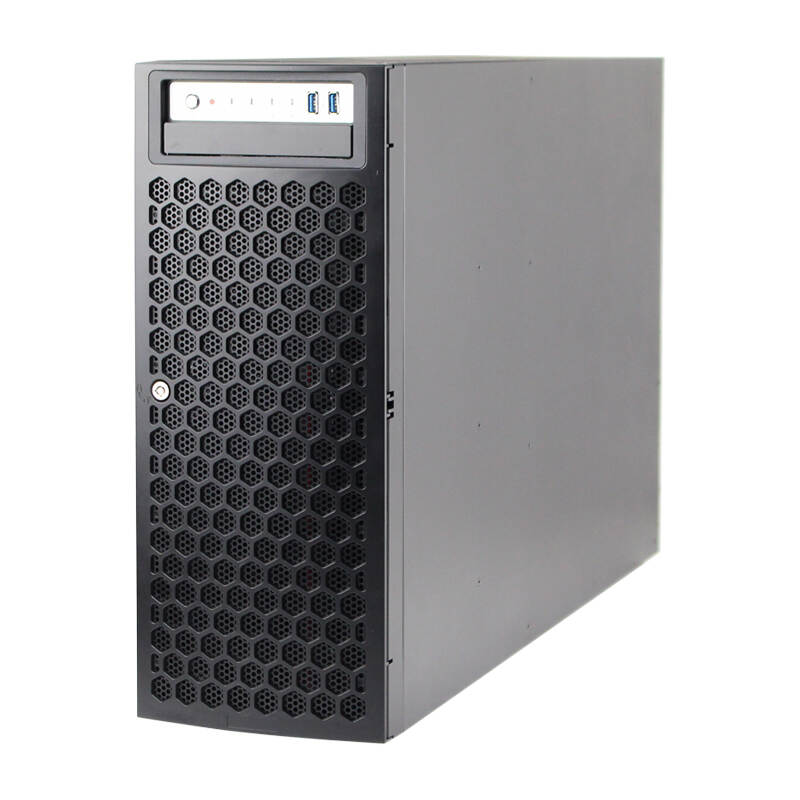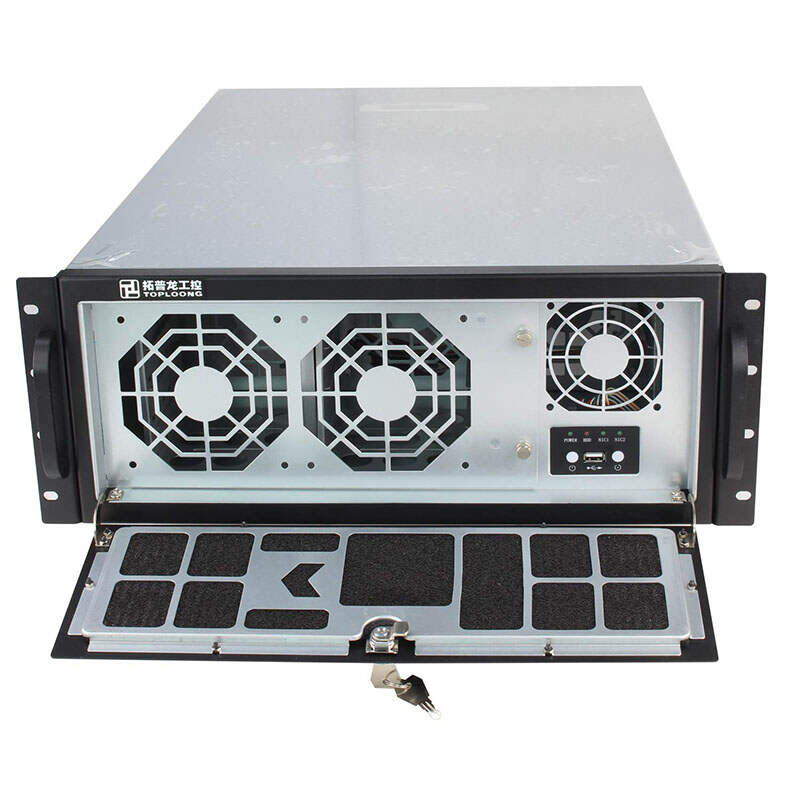Chassis vs. Server: Understanding the Differences
July 08,2023
In the world of technology, terms like chassis and server are often used interchangeably, leading to confusion among individuals. However, it is crucial to understand the fundamental differences between these two components. In this blog post, we will delve into the dissimilarities between a chassis and a server, shedding light on their respective functionalities and roles in the realm of computing.
What is Chassis?
A chassis, also known as a computer case or enclosure, is the physical framework that houses various computer components. It provides structural support and protection to the internal hardware components, ensuring their proper functioning. The chassis typically consists of a metal or plastic frame, along with panels and slots for accommodating different components such as the motherboard, power supply, storage drives, and expansion cards.
Function of Chassis?
The primary purpose of a chassis is to provide a secure and organized environment for the computer’s internal components. It also facilitates efficient cooling by incorporating fans and ventilation systems to dissipate heat generated by the components. Additionally, chassis designs may vary, offering different form factors such as tower, rack-mount, or blade, depending on the intended use and space requirements.
What is Server?
On the other hand, a server refers to a computer system or software that provides specific services to other computers or devices on a network. Servers are designed to handle and manage various tasks, such as hosting websites, managing databases, storing files, or running applications. They are typically more powerful and robust than regular desktop computers, as they need to handle multiple requests simultaneously and ensure high availability.
Function of Server?
Unlike a chassis, a server is not limited to a physical form factor. It can be a standalone machine or a virtual instance running on a cloud platform. Servers are equipped with specialized hardware configurations, including powerful processors, ample memory, redundant storage, and network connectivity options, to handle the demands of serving multiple clients concurrently.
Distinguishing Factors that You Should Know?
1. Functionality:
The primary function of a chassis is to provide a physical housing and support for computer components, while a server is responsible for delivering specific services or resources to clients over a network.
2. Components:
A chassis primarily consists of a frame, panels, and slots to accommodate various hardware components, whereas a server comprises a combination of hardware and software components tailored for specific server tasks.
3. Form Factor:
Chassis designs come in various form factors, such as tower, rack-mount, or blade, depending on the intended use and space requirements. Servers, on the other hand, can be physical machines or virtual instances running on cloud platforms.
4. Processing Power:
Servers are typically equipped with more powerful processors, higher memory capacity, and redundant storage options to handle multiple client requests efficiently. Chassis, on the other hand, may house regular desktop-grade components suitable for individual computing needs.


Clearly Knowing the Difference between Chassis and Server
Understanding the distinction between a chassis and a server is crucial for anyone involved in the world of computing. While a chassis provides the physical framework and support for computer components, a server is responsible for delivering specific services or resources to clients over a network. By grasping the dissimilarities between these two terms, individuals can make informed decisions when it comes to building or managing computer systems, ensuring optimal performance and functionality.